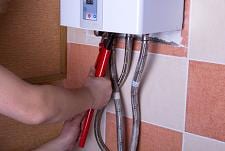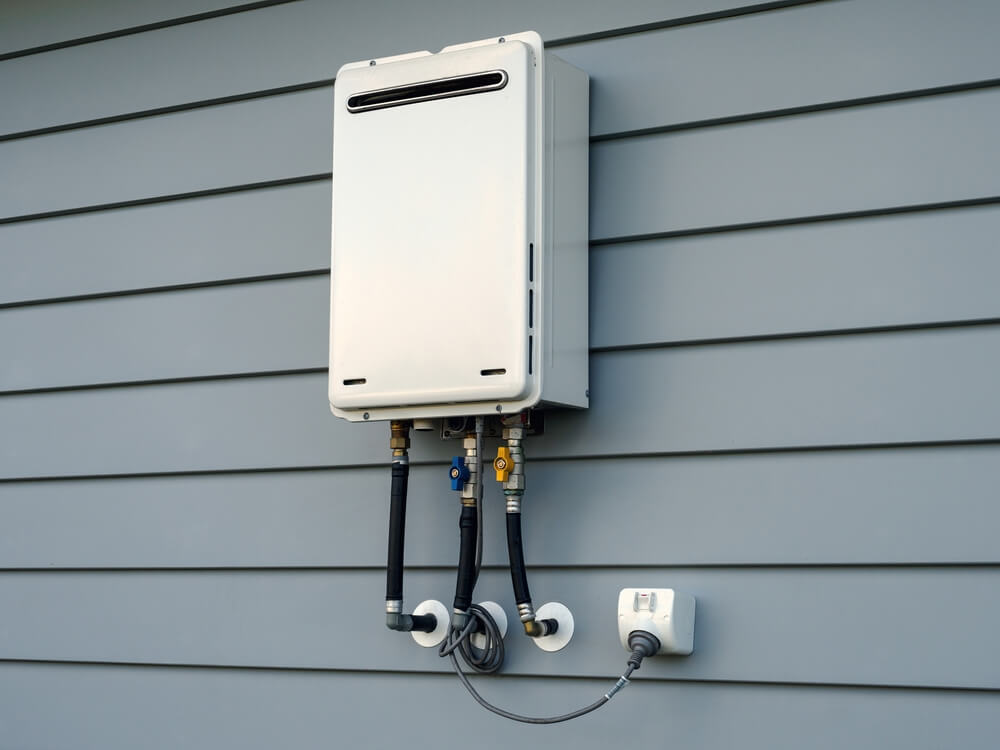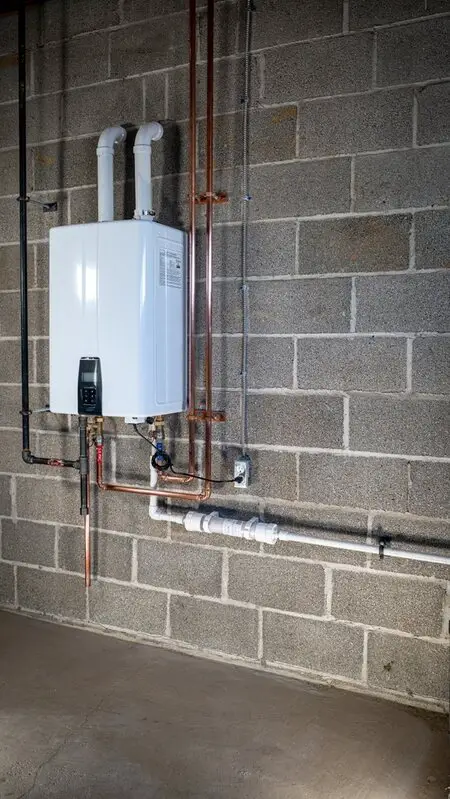Blog
Tankless Water Heater 101: 6 Tips for Optimal Performance

According to the U.S. Department of Energy, traditional water heaters comprise about 12 percent of the average homeowner’s utility bill. Tankless water heaters can save up to 30 percent off your water heating bill due to their efficiency, which is a good incentive for switching to a tankless system.
If you have a tankless water heater in your home, or you’re thinking about installing one, it’s best to know how to achieve the most optimal water heater performance.

3 Tips for Optimal Tankless Water Heater Performance
Getting the most out of your tankless water heater system will come down to choosing the right one, installing it correctly, and performing maintenance.
1. Choosing the Right Tankless Water Heater
The first step in choosing the right tankless water heater is to choose between a whole-house system and a point-of-use heater. A whole-house system can heat water for multiple fixtures at a time. On the other hand, point-of-use tankless heaters are less expensive, have less capacity, and can provide hot water to their assigned outlets faster.
Each tankless water heater requires venting to be installed, which will be a small vent poking up through the roof. Homes typically need several point-of-use tankless heaters to heat multiple hot water outlets, so several vents are required. However, because the hot water doesn’t have to travel as far in the pipes, hot water arrives much faster from a point-of-use heater than from a whole-home heater on the opposite side of the house.
When choosing a tankless water heater, it’s essential to choose the right size heater that can handle the hot water demand. A professional plumber can help you calculate the water heater size you need.
Most tankless water heaters have a minimum flow setting to maintain a constant temperature. Look for a minimum flow rate of around 0.5 GPM (gallons per minute) for optimal performance.
2. Installing Your Tankless Water Heater

Having your new tankless water heater system installed correctly by a professional plumber is crucial. They will ensure there are no leaks, the electrical or natural gas energy source is securely connected, and any excess combustion gases like carbon monoxide are properly vented.
Installing a tankless water heater yourself is not the best idea, as it may not be installed correctly. This could potentially impact its long-term efficiency and performance, and may even create safety risks for you and your family. Instead, call a professional who has the knowledge and experience to correctly install it rather than choosing to do it yourself.
3. Performing Tankless Water Heater Maintenance
Regular maintenance on tankless water heaters is critical for optimal performance. These heaters must be regularly maintained by a professional once a year, but they should be cleaned and descaled twice a year or more, depending on how hard your water is.
To descale your tankless water heater, turn off the energy source—either the electrical circuit or the main gas supply valve. Close all the main water valves and remove the purge port valve caps slowly. These are located on each of the cold and hot water valves. The water must be turned off before removing the purge port valve caps.
Next, attach hoses to each valve; the hoses are generally supplied with the tankless water heater. The hose attached to the cold valve (blue) will attach to a small recirculation pump. The red valve will feed back to a cleaning solution container.
Open the purge port valves by twisting them perpendicular to the position of the hot and cold lines. Use 2.5 gallons of undiluted white vinegar to clean your tankless water heater. Run the vinegar through these lines for 45 minutes.
Then, close the purge port valves, remove the hoses, reconnect the water and energy supply, and refer to your tankless water heater’s manual for instructions on restarting your water heater.
Turn on the hot water tap in your sink slowly to allow air to pass through the pipe. Allow the water to run until it runs steadily without air escaping. This can take up to two or three minutes.
Bonus Tip: Use the vinegar to clean other hard water deposits, like your showerhead or deposits around your sink faucet fixtures.
Apollo Home’s Expert Tankless Water Heater Services
If you need help installing, repairing, or maintaining your tankless water heater, Apollo Home is here to help. Our experienced plumbers can work on any make or model. We’ll ensure your water heater is installed and venting correctly, as we want you to be able to live safely and comfortably.
Call Apollo Home for tankless water heater services in Greater Cincinnati, Dayton, and Northern Ohio.


